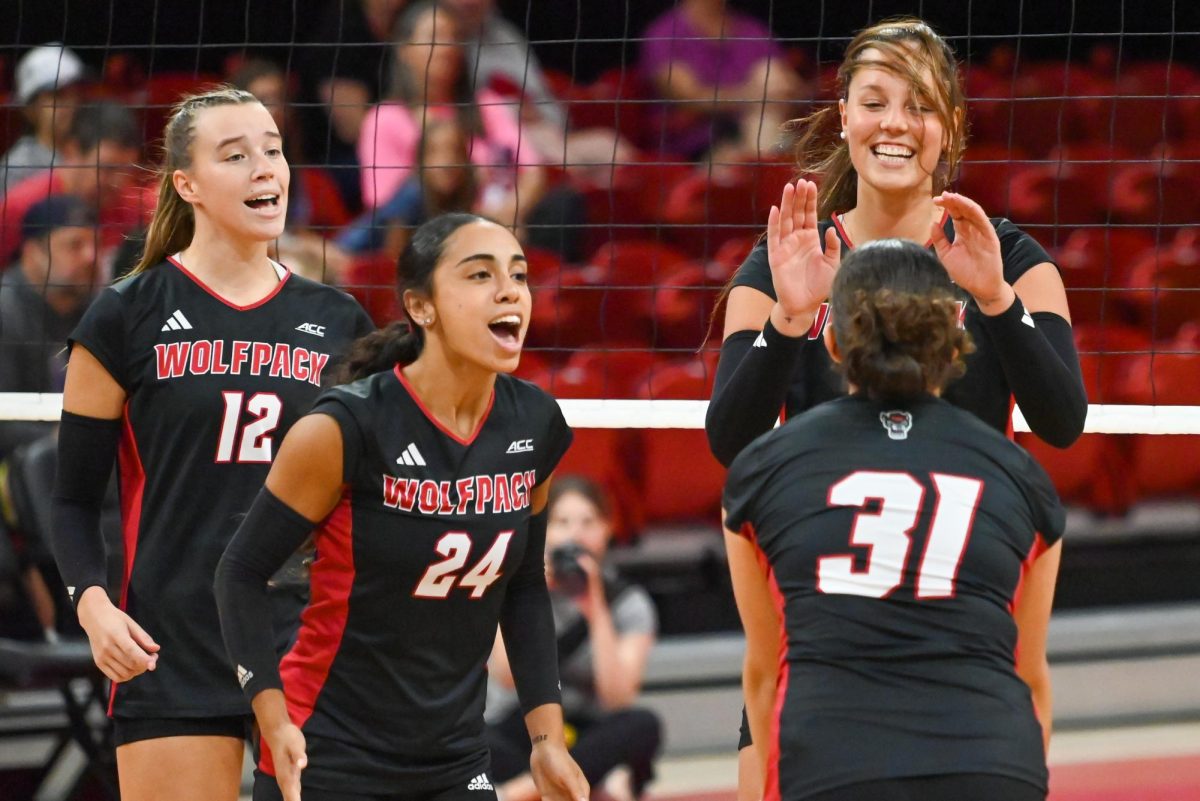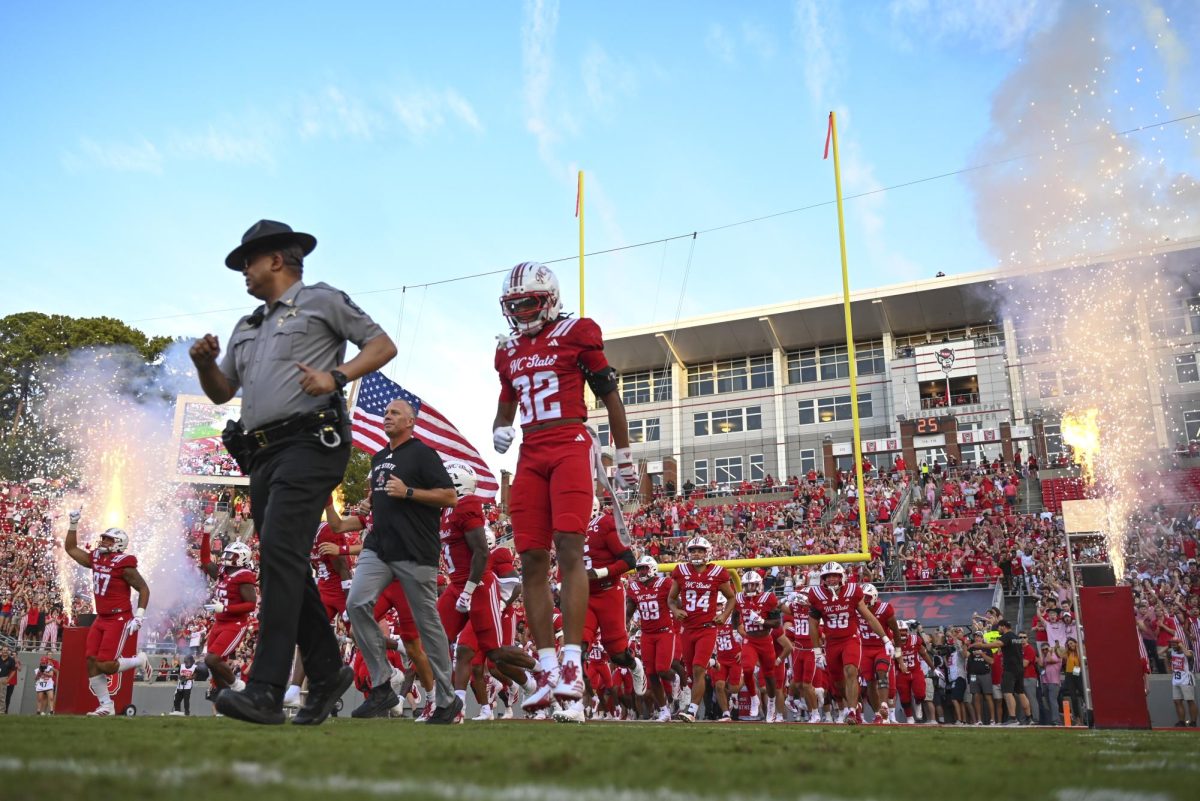Cancer—stories and information about this disease can be found on the Internet, the radio, on television and in newspapers. The links, stories and photographs are endless.
For Ryan Hurley, assistant professor of communication, it’s not so much the volume of information that peaks his interest, but how we digest it.
A health communication researcher and contributor for two recent papers related to news media, cancer and public perception, Hurley said that when people search for information they head to the news. However, problems arise when the information that people are receiving doesn’t reflect the real world.
“The issue here that we’re seeing across cancer news in general—online, newspaper, television, radio—specific cancers get way more coverage than others,” Hurley said.
Hurley said he stressed how much people pay attention to each of the different types of cancer within the online news environment.
“There’s this thing called the cancer continuum,” Hurley said. “It’s basically the progression of cancer in a person…prevention, detection, treatment and then there’re two outcomes: you survive or there’s the end of life. So, there are five stages of the cancer continuum. We’re tracking attention to those stages as well.”
According to Hurley, findings are also showing that across news, regardless of the medium, that the treatment of cancer gets the most coverage.
“There are reasons that the coverage of breast cancer is huge,” Hurley said. “What we’re seeing here…we know that the presentations are messed up. We’re showing breast cancer to be the most common and it isn’t.”
When he asked people to rank the order of cancers from their most frequent in the population to the least, Hurley said the ratings match those of the media much better than the incident ratings.
“What do people think are the actual cancer incidents rates in the U.S.?” Hurley said. “Well, you can guess pretty quickly that it matches the media frequencies much better than the real world incidents rates.”
According to Hurley the point of his studies was to show the media and its coverage.
“When it doesn’t match or meet with reality very well we start to get people believing that media reality is the accurate reality,” Hurley said. “It becomes particularly problematic when outlets like the news, which are supposed to reflect the reality as closely as possible, are deviating from reality in some way. Now, we have people thinking that this is a mirror of what’s happening in reality and they’re taking that image to be a mirror of reality — that’s simply wrong.”
Hurley said that the translation of his study, in terms of voting and funding, is still being worked on.
“We’re actually doing studies to see if the way things, like lung cancer, are covered impact people’s likelihood to support research in that area,” Hurley said. “We’re trying to look at how the discrepant coverage of breast cancer makes people likely to fund that cancer over other cancers. We don’t have data on that yet but we think we’re going to see something.”
However, Hurley said that the concept of a person’s beliefs matching the media’s depictions is clear.
“When the media depictions are matching people’s beliefs about the real world better than the real world statistics we find that to be a problem,” Hurley said. “What specific impact that has, we’re still working on figuring out.”




